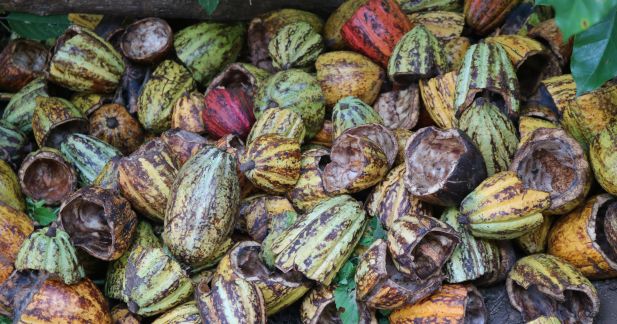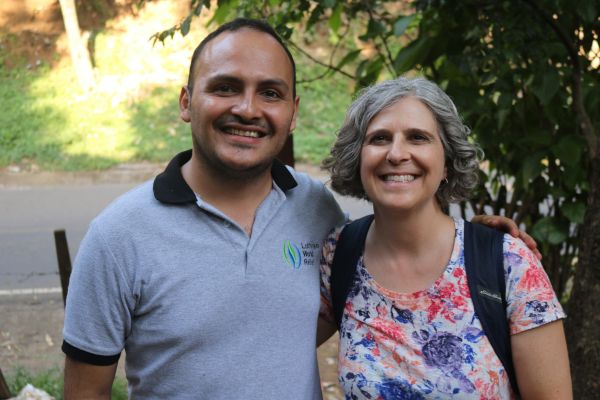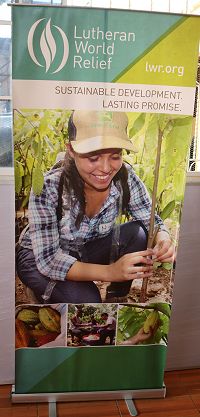
Cacao de El Salvador – Part 1
September 30, 2019
I have so much good news to share about what’s going on in El Salvador! I spent a little over a week traveling in the eastern part of the country learning first hand from farmers and processors about the benefits and challenges of growing cacao in their region.
My head is bursting with all that I heard, saw and yes, tasted. As a result, I’m going to publish a series of blog posts about it all. My hope is to take everything currently trapped in my brain and write it down. And share some interesting stories and photos with you all.
Alianza Cacao in El Salvador
Let’s begin with Alianza Cacao, my vastly knowledgeable friend Zósimo, and the wonderful flavor of el cacao salvadoreño.

It’s worth noting that during the time I spent working in the chocolate industry, I got plenty of experience with “the after” – working with cacao after it reaches it’s destination. I saw train cars filled with 100 pound bags of beans. I became familiar with winnowing machines, roasters, stone mills, roll refiners, conches, and enrobers.
My world was the bean to bar process, start to finish. What I knew, but never had the pleasure to experience, was “the before” – before the dried beans ended up on ships to be transported away from their countries of origin.

They wanted to learn how to grow cacao successfully and generate income. And I wanted to, well, learn everything! As we sipped freshly brewed organic Salvadoran coffee (from another LWR sponsored project) we absorbed as much as we could from Zósimo Hildalgo, Specialist in Quality Control and Post Harvest Manangement for the eastern regions of El Salvador.
El Salvador grows fine aromatic criollo, considered one of the best varieties in terms of quality and flavor. The nibs I tasted in El Salvador have intense fruity (blueberry) notes followed by a soft nutty flavor with delicate floral notes at the end. Delicious!
According to the Alianza Cacao website, the organization has several initiatives but two stand out to me.
Two Alianza Cacao Initiatives
The first is to provide “…women and youth's access to training at all levels of the value chain in areas such as processing, transformation, as well as grafting and nursery management” and “foster a culture of entrepreneurship, and strengthening women-led or youth-led small businesses…. this promotes measures to prevent child labor and foster decent work protection for adolescent workers…”
The second says there are built-in processes for “…restoring biodiversity, recovering degraded ecosystems, improving the quality of soil and water resources, fostering potential for adaptation when confronting present and future extreme weather phenomena (climate change) and maintaining key ecosystem services needed to improve livelihoods”.
Alianza Cacao is already assisting local communities in cultivating cacao with different agroforestry system (AFS) models. That means they are growing cacao intermingled with other crops like maize, beans, yucca, plantain, and avocado.
When the presentation was over, we were off to our next destination – a small cacao farm working with Zósimo’s team and a collective processing center. I’ll never forget the thrill of seeing my first cacao tree full of fragile, tiny flowers, and immature cacao pods. More about that coming soon!

Join Bryn, students of Chocolate University Online, and other chocolate lovers on a journey of chocolate discovery.
Take a look at the Chocolate Travels website for more information on any upcoming chocolate immersion trips. Please put your name on the no-obligation waiting list for more information.
- BarkThins Dark Chocolate Coconut with Almonds - May 22, 2020
- Endangered Species Cacao Nibs + Dark Chocolate Review - May 15, 2020
- Mr. Dot Bar Review - May 7, 2020


